
Circuit Theory and Applications
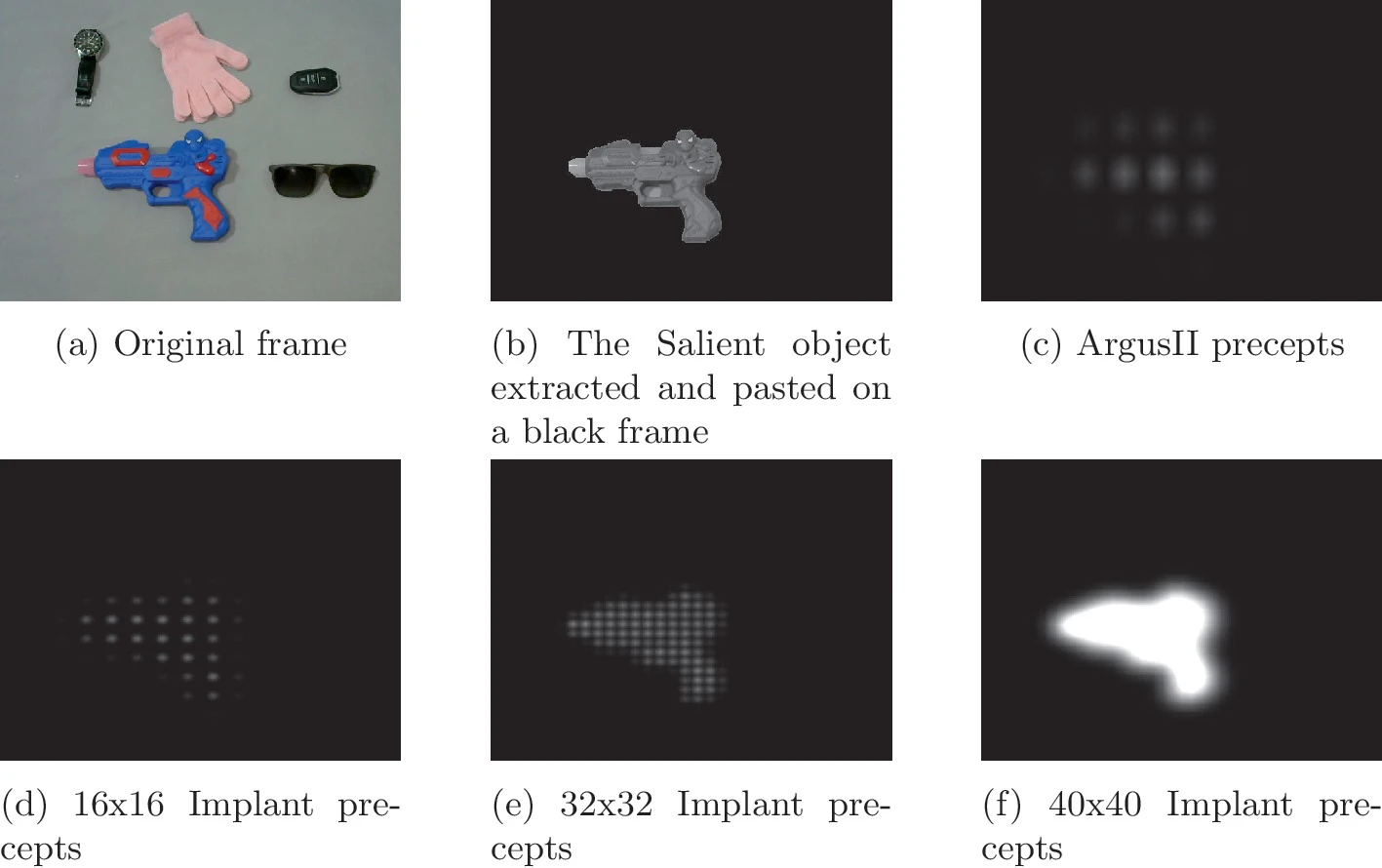
Smart Saliency Detection for Prosthetic Vision
People with visual impairments often have difficulty locating misplaced objects. This can be a major barrier to their independence and quality of life. Retinal prostheses can restore some vision to people with severe vision loss. We introduce a novel real-time system for locating any misplaced objects for people with visual impairments using retinal prostheses. The system combines One For All (OFA) for Visual Grounding and Google Speech Recognition to identify the object to be located. It then uses an image processing technique called grabCut to extract the object from the background to

Hands-on analysis of using large language models for the auto evaluation of programming assignments
The increasing adoption of programming education necessitates efficient and accurate methods for evaluating students’ coding assignments. Traditional manual grading is time-consuming, often inconsistent, and prone to subjective biases. This paper explores the application of large language models (LLMs) for the automated evaluation of programming assignments. LLMs can use advanced natural language processing capabilities to assess code quality, functionality, and adherence to best practices, providing detailed feedback and grades. We demonstrate the effectiveness of LLMs through experiments
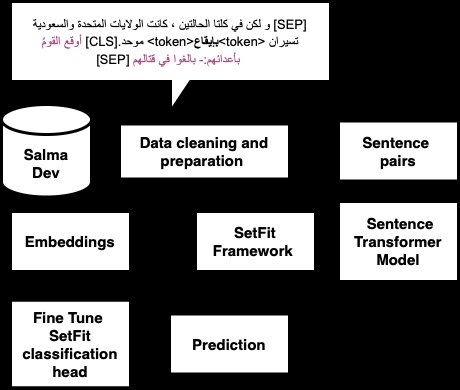
Pirates at ArabicNLU2024: Enhancing Arabic Word Sense Disambiguation using Transformer-Based Approaches
This paper presents a novel approach to Arabic Word Sense Disambiguation (WSD) leveraging transformer-based models to tackle the complexities of the Arabic language. Utilizing the SALMA dataset, we applied several techniques, including Sentence Transformers with Siamese networks and the SetFit framework optimized for few-shot learning. Our experiments, structured around a robust evaluation framework, achieved a promising F1-score of up to 71%, securing second place in the ArabicNLU 2024: The First Arabic Natural Language Understanding Shared Task competition. These results demonstrate the

A Novel Approach to Breast Cancer Segmentation Using U-Net Model with Attention Mechanisms and FedProx
Breast cancer is a leading cause of death among women worldwide, emphasizing the need for early detection and accurate diagnosis. As such Ultrasound Imaging, a reliable and cost-effective tool, is used for this purpose, however the sensitive nature of medical data makes it challenging to develop accurate and private artificial intelligence models. A solution is Federated Learning as it is a promising technique for distributed machine learning on sensitive medical data while preserving patient privacy. However, training on non-Independent and non-Identically Distributed (non-IID) local datasets
From Gestures to Audio: A Dataset Building Approach for Egyptian Sign Language Translation to Arabic Speech
The communication barriers faced by people with disabilities, particularly the deaf or hard of hearing, nonverbal, deaf-mute, and blind have a significant impact on their quality of life and social inclusion. Our research aims to provide real-time translation from sign language to speech and vice versa. The ability to provide real-time speech-to-text and text-to-sign language translation will help alleviate these barriers, improve communication, and increase social inclusivity for this community ensuring they are not left out in conversations and social interactions. A significant amount of
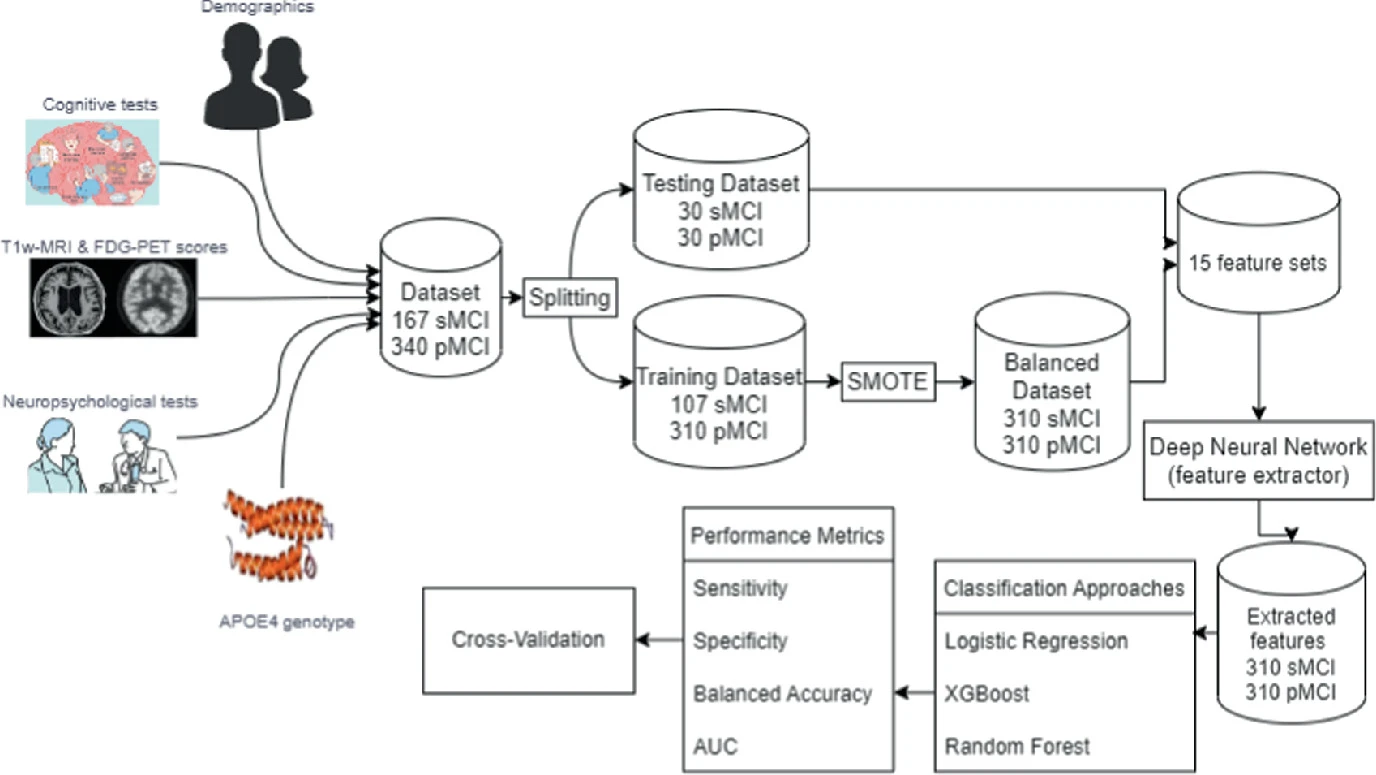
A Novel Diagnostic Model for Early Detection of Alzheimer’s Disease Based on Clinical and Neuroimaging Features
Alzheimer’s Disease (AD) is a dangerous disease that is known for its characteristics of eroding memory and destroying the brain. The classification of Alzheimer's disease is an important topic that has recently been addressed by many studies using Machine Learning (ML) and Deep Learning (DL) methods. Most research papers tackling early diagnosis of AD use these methods as a feature extractor for neuroimaging data. In our research paper, the proposed algorithm is to optimize the performance of the prediction of early diagnosis from the multimodal dataset by a multi-step framework that uses a

Uni-Buddy: A Multifunctional AI-Powered Assistant for Enhancing University Life: A Use Case at Nile University
Uni-Buddy is an advanced AI system developed to simplify university life at Nile University. It efficiently handles questions in everyday language, accesses real-time university databases, and simultaneously provides accurate responses for multiple users. Its goals include assisting with course registration, academic advising, financial inquiries, campus navigation, and research support. The evaluation demonstrates Uni-Buddy's user-friendly design, effective navigation, language comprehension, and database connectivity proficiency. Compared to similar studies, it stands out for its ease of use
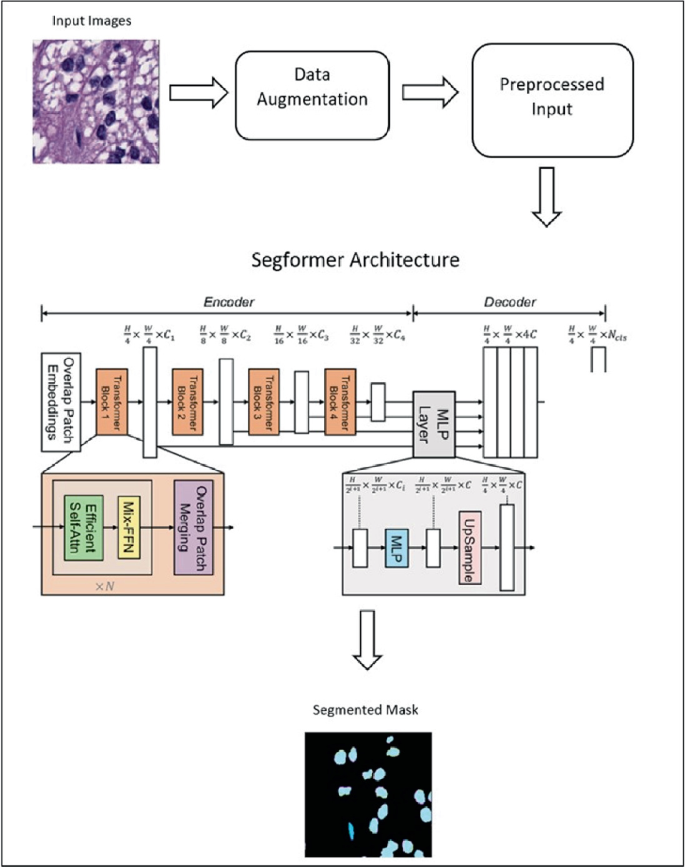
Efficient Semantic Segmentation of Nuclei in Histopathology Images Using Segformer
Segmentation of nuclei in histopathology images with high accuracy is crucial for the diagnosis and prognosis of cancer and other diseases. Using Artificial Intelligence (AI) in the segmentation process enables pathologists to identify and study the unique properties of individual cells, which can reveal important information about the disease, its stage, and the best treatment approach. By using AI-powered automatic segmentation, this process can be significantly improved in terms of efficiency and accuracy, resulting in faster and more precise diagnoses. Ultimately, this can potentially lead
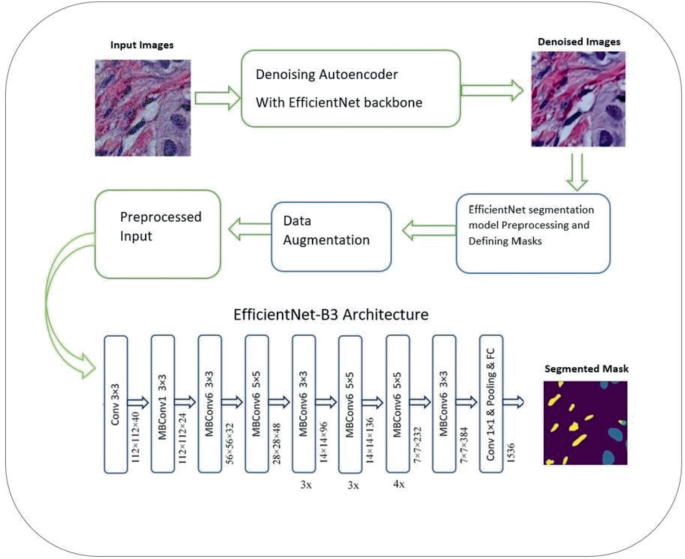
Revolutionizing Cancer Diagnosis Through Hybrid Self-supervised Deep Learning: EfficientNet with Denoising Autoencoder for Semantic Segmentation of Histopathological Images
Machine Learning technologies are being developed day after day, especially in the medical field. New approaches, algorithms and architectures are implemented to increase the efficiency and accuracy of diagnosis and segmentation. Deep learning approaches have proven their efficiency; these approaches include architectures like EfficientNet and Denoising Autoencoder. Accurate segmentation of nuclei in histopathological images is essential for the diagnosis and prognosis of diseases like cancer. In this paper, we propose a novel method for semantic segmentation of nuclei using EfficientNet and
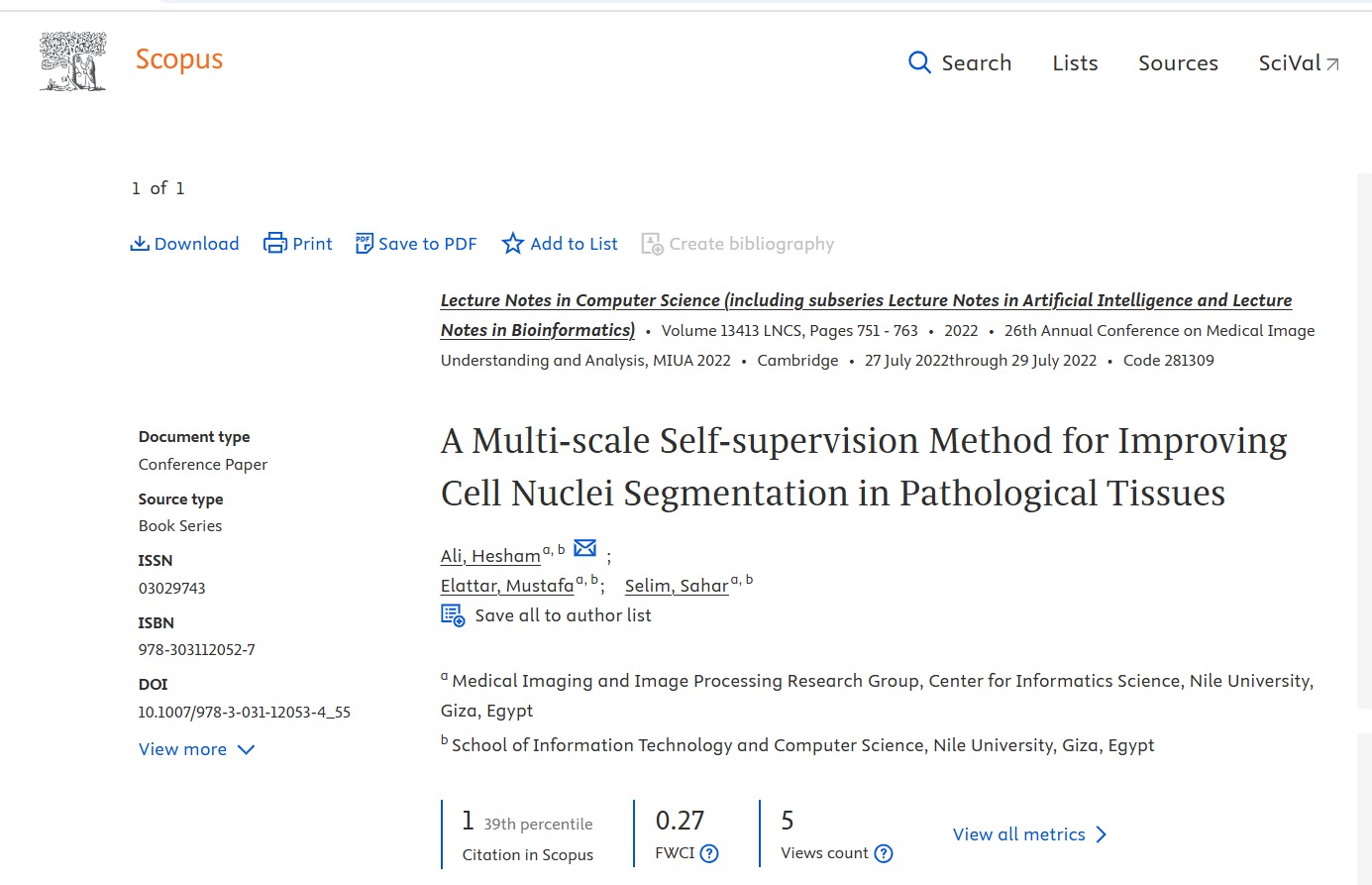
A Multi-scale Self-supervision Method for Improving Cell Nuclei Segmentation in Pathological Tissues
Nuclei detection and segmentation in histopathological images is a prerequisite step for quantitative analysis including morphological shape and size to help in identifying cancer prognosis. Digital pathology field aims to improve the quality of cancer diagnosis and has helped pathologists to reduce their efforts and time. Different deep learning architectures are widely used recently in Digital pathology field, yielding promising results in different problems. However, Deep convolutional neural networks (CNNs) need a large subset of labelled data that are not easily available all the time in